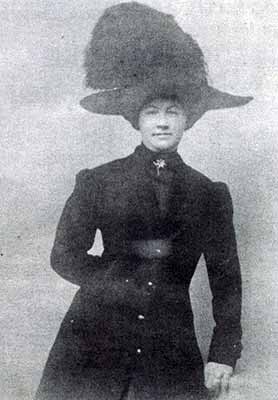Thursday, June 30, 2016
A collage
My sister, Seanna made this for me in honor of my Great Depression novel. The actress I am using as inspiration for my heroine is Holliday Grainger. She has been in a variety of period dramas, including the recent miniseries of "Bonnie and Clyde." This very English actress was able to don on a convincing Texas drawl! Anyway, my sister created this; it really ties into the themes of my book. Isn't it gorgeous?
Thanks, sis!
You really ought to check out my sister's blog! Not only is Seanna a genius at graphics, she is a fantastic author who writes contemporary and historical dramas!
Labels:
great depression novel,
holliday grainger,
seanna
Wednesday, June 29, 2016
Femnista Has Moved!
The magazine I write for, Femnista, has moved! You can read the articles at https://femnista.wordpress.com/. You now have the ability to search the website and read through the archive of old articles. Check it out.
If you are interested in reading any of my older pieces, click here.
If you are interested in reading any of my older pieces, click here.
Monday, June 13, 2016
Sin City (i.e. Terre Haute)
Sin
City (i.e. Terre Haute)
Although
my Great Depression novel primarily takes place in the Prairieton/Prairie Creek
area, Terre Haute is featured in there quite a bit.
The
city of Terre Haute has a colorful history. While it didn’t officially earn the
nickname of Sin City until 1955, the city was well on its way to earning it by
the 1920’s and 1930’s. While Indiana itself has always been part of the Bible
Belt, my hometown has had its struggle with sin.
A prime example was the Red
Light District…the area in town where the prostitutes lived. Terre Haute can
boast that it had its very own madam. Madam Brown (originally Edith Brown, a
minister’s daughter) was well-known in Terre Haute; she ran an infamous house
of ill repute; her girls dressed well, had all their shots and were the
cleanest members of the Oldest Profession.
When
Prohibition was established, like every other city in the nation during the
1920’s and early 1930’s, Terre Haute officially went “dry.” However, there are
numerous tunnels beneath the town that were used to transport illegal liquor. The
tunnels still exist to this day, although they are no longer in use. Folks may
not have bought liquor from a store nor could they frequent a bar, but it was
not uncommon for them to have their own still and to market their product
themselves.
Terre
Haute was a safe haven for some bank robbers and others involved in illegal
activities. I’ve heard tales of them staying at the old Terre Haute House,
partying hearty. One Hoosier bank robber that has become synonymous with Robin
Hood, John Dillinger was no stranger to Terre Haute. He quipped that he would
never rob a bank in Terre Haute, because he would risk being railroaded by a
train.
My
grandparents used to talk of an African American man who was hung off the
Wabash River Bridge. My aunt said she knew a man who bragged about having one
of the man’s toes. Hoosiers are known for their tall tales, but after a little
research, I learned that this story was true. In 1901, when teacher Ida
Finklestein was murdered, George Ward was arrested and incarcerated. A lynch
mob gathered, broke into the prison, beat him and hung him off the Wabash River
Bridge. His body was later taken down and burned; spectators collected “mementoes”
of his remains.
Thursday, June 2, 2016
Femnista May/June 2016 Issue
This issue of Femnista features articles on how two different worlds collide and meld together. From The Help to Zootopia to Kate Middleton, learn how people from two different worlds encountered and learned from one another.
My article on Elizabeth Gaskell's "North and South," is included. Find out what happens when cultured Margaret Hale from southern England meets the hard-as-nails John Thornton from northern England.
You may read it here.
Subscribe to:
Comments (Atom)





